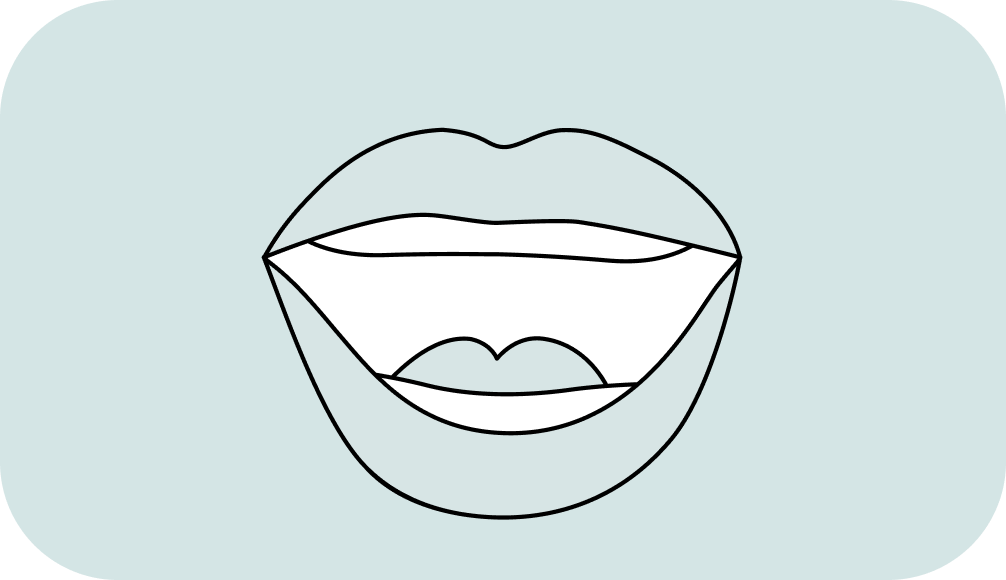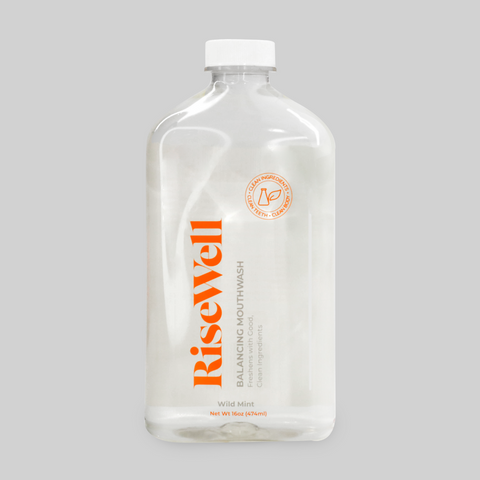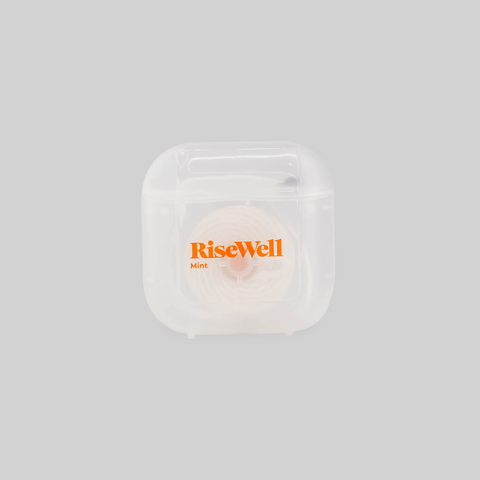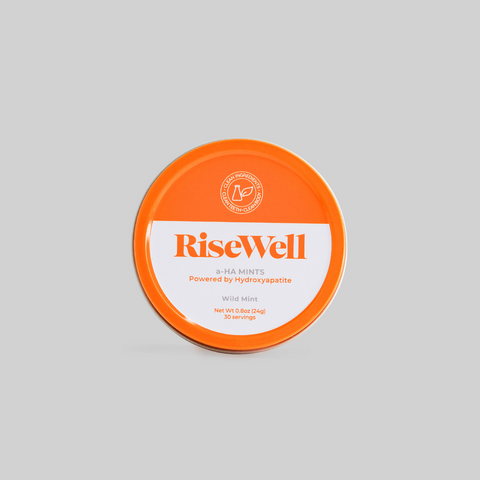
Are Bleeding Gums a Sign of an Oral Health Problem?
You lean over and spit your mouthful of toothpaste into the sink, and that’s when you see pink.

You immediately look up at the mirror and start searching for the source.
You find it, swish some water around, and you’re off.
Bleeding gums, they seem harmless, more of an annoyance than anything. But what if the pink in the sink after brushing or flossing is your body’s way of telling you something?
Research is uncovering that bleeding gums are more than just a dental issue; they are a sign of potential systemic health problems that could affect the entire body.
In this blog, you’ll learn:
-
Common causes of bleeding gums
-
The mouth-body connection
-
Prevention tips
What Causes Bleeding Gums?
Bleeding gums are often an early sign of gum disease or gingivitis, which happens when plaque builds up along the gumline, causing inflammation.
The National Institute of Dental and Craniofacial Research (NIDCR) reports that approximately 47.2% of adults in the United States have some form of gum disease, including gingivitis.
If left untreated, it can turn into periodontitis, a more severe form of gum disease that damages the bones and tissues supporting your teeth.
That already paints a bleak picture, but there’s more to it than that, unfortunately.
Bleeding gums, don’t just stay in your mouth.
Harmful bacteria, like Porphyromonas gingivalis (P. gingivalis), can enter the bloodstream through inflamed gum tissue. Once in your system, these bacteria can contribute to a range of chronic health conditions.
Four Ways the Mouth and Body Are Connected
Your oral health doesn’t just affect your mouth; it affects your overall wellness, too.
Here are four examples:
-
Heart Disease
A study published in the National Institutes of Health (NIH) found that gum disease increases the risk of cardiovascular disease, including heart attacks and strokes. The inflammatory markers released by bacteria associated with gum disease can damage blood vessels and contribute to the buildup of plaque in arteries. -
Diabetes
More research, found in a study by the National Library of Medicine, shows a relationship between gum disease and diabetes. Gum disease worsens blood sugar control, while diabetes exacerbates inflammation in the gums. - Cognitive Decline
Research conducted by the University of Louisville School of Dentistry revealed that P. gingivalis, the bacteria linked to gum disease, was found in the brains of Alzheimer’s patients, suggesting a connection between oral health and cognitive decline. - Pre-term Birth
According to research from the Oral Health Foundation, pregnant women with untreated gum disease are more likely to deliver prematurely or have babies with low birth weights due to systemic inflammation. Read our blog to learn more about why oral health is key during pregnancy.

Prevention: Five Tips to Break the Cycle
Time won’t heal bleeding gums, but taking action will.
Gum disease is preventable and even reversible if it’s treated in its early stages.
Small, consistent changes in your oral care and lifestyle can transform your gum health and, in turn, your overall health.
Here are five easy-to-implement steps to break the cycle of gum disease:
1. Upgrade Your Oral Care Routine
Switch to products that support your oral microbiome, like RiseWell’s mineral toothpaste with hydroxyapatite. Hydroxyapatite remineralizes enamel while promoting a balanced environment for healthy gums.
Pair this with a gentle, non-alcoholic mouthwash, like RiseWell’s Balancing Mouthwash, to avoid toxic ingredients that disrupt your oral microbiome.
2. Prioritize Daily Habits
Brushing and flossing twice a day are crucial. For those rushed moments, chew a RiseWell a-HA Mint with xylitol to neutralize harmful bacteria until you can brush again.
3. Watch What You Eat
Your diet plays a significant role in gum health. Nitrate-rich foods, such as leafy greens, beets, and celery, promote blood flow and reduce inflammation.
Adding calcium- and phosphorus-rich foods, such as nuts and dairy, helps strengthen your teeth and gums.
4. Cut Back on Sugar
Sugar fuels the bacteria that cause gum disease. Reduce sugar intake by incorporating protein-rich snacks that keep your blood sugar stable and reduce cravings.
5. Visit Your Dentist Regularly
Routine dental checkups are key in detecting gum disease early and implementing effective treatment before it progresses. A dentist can also provide personalized advice to keep your gums healthy.
Why It Matters:

As you can see, your oral health is deeply connected to your overall health. When your gums bleed, it’s a sign that something isn’t right, not just in your mouth, but potentially in your entire body.
By taking proactive steps to care for your gums, you reduce inflammation, protect your heart and brain, and safeguard your long-term health.
Your gums aren’t just the foundation of your smile; they’re the foundation of your health.
Let’s keep them strong, healthy, and thriving.
Explore our naturally effective oral care products.























